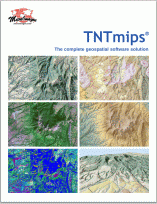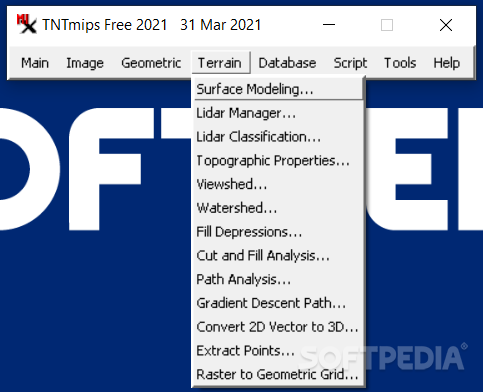

in terms of user age)! A study among employees in my company revealed (simplified) that ArcMap is for the old school while the young guns are using Open Source (and at that time we never requested a specific software in open positions)! You really should have a trend barometer!

Your ArcMap description on the other hand reads a bit like copy and paste from ESRIs marketing documents…Īnother important aspect that is missing is time (e.g. But you could have mentioned it up-front!īTW, QGIS is not only developed by a dedicated community on a voluntary basis, but also by numerous companies with highly skilled and professional developers (same is true for other FOSS GIS software)! They just run a different business model! This leaves me with the impression, that you did not do too much research on them… Of course I do not expect you to, given the number of 30 software packages. the “What are the advantages and disadvantages of ” paragraphs are too opinion based for my taste and – at least for the software I know (which is mainly QGIS and GRASS) – appear a bit random. QGIS comes with really neat functionality as a PostGIS front-end…Įsp. in Hydrological modeling GRASS outperforms ArcMap (and all its available Extensions I know of) to a degree that is really astonishing. I never regretted the move to Open Source solutions, and actually every time I hear my colleagues complaining about this or that in ArcMap, I am deeply and soundly relaxed!
#Microimages tntmips license#
I cannot tell (any more), cause I quit using ArcMap years ago (although my company would pay me a license without any question). Several of my colleagues who are using it indeed tell me on a regularly basis that “ArcGIS sucks” (because the still prefer ArcView which they grew up with).

I can tell you lots of stories where the opposite is the case. you list ArcGIS as the “Powerhouse” and claim people save time using it instead of “other software”. Unfortunately, your descriptions and explanations often just seem to repeat stereotypes without questioning what seems to be “public opinion”. And your ranking algorithm seems quite elaborated. Would be nice to have a time series animation of that one -) the OSGeo tools regularly complement each other, your map graphic could reflect that by clumping the small or medium sized dots to a center of gravity.
#Microimages tntmips plus#
And if you think the core idea of the Open Data movement further, which is empowering people, everything points in exactly one direction: Free and Open Source Software!įrom my point of view, public authorities should require their staff, consultants and so on who do development work for them to publish their algorithms and code, just like consultants that collect data for them are requested to publish that…įinally, you listed interoperability as a plus for many free solutions. Regarding the time aspect I like to add just one more thing: As I see it, the big thing that hit the “industry” is the “Open Data movement”.

And I understand that collecting all the information as you did already is a bunch of work! So thanks for that. And thanks for your swift reply! I appreciate your work on presenting the available options which is for sure very helpful.


 0 kommentar(er)
0 kommentar(er)
